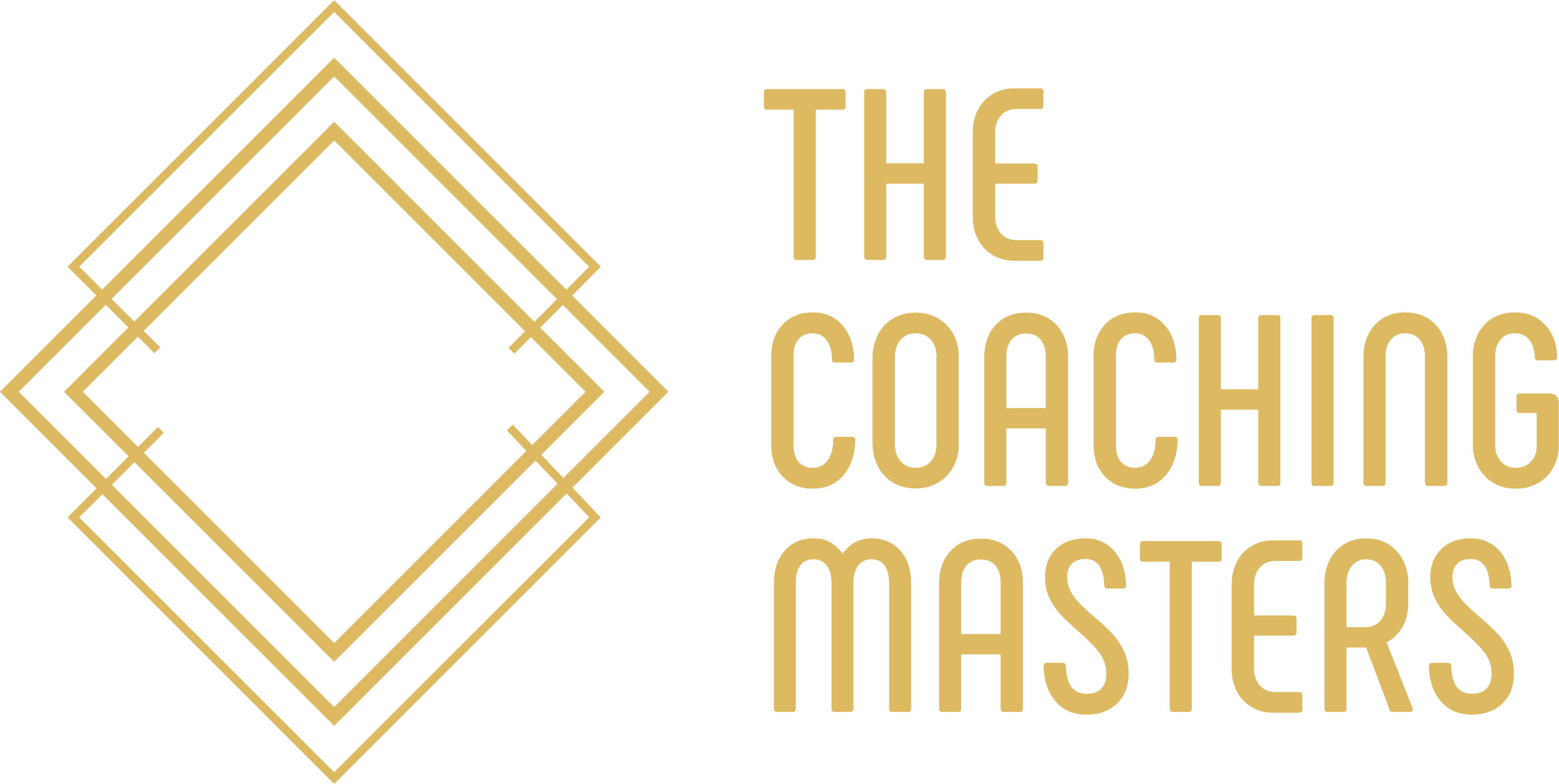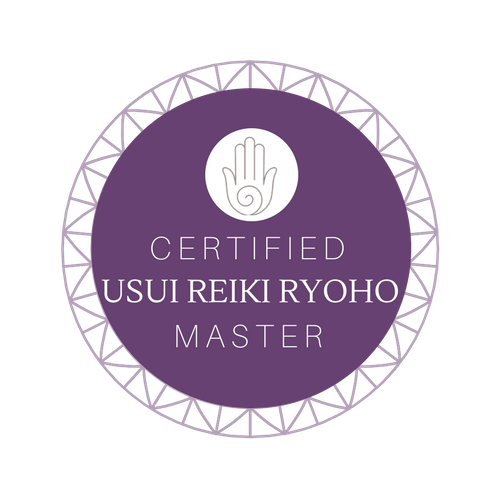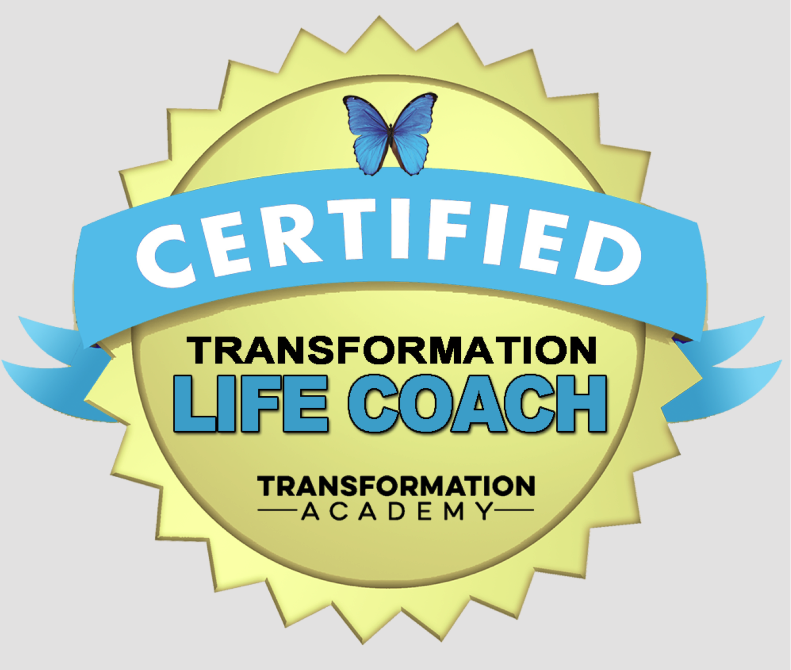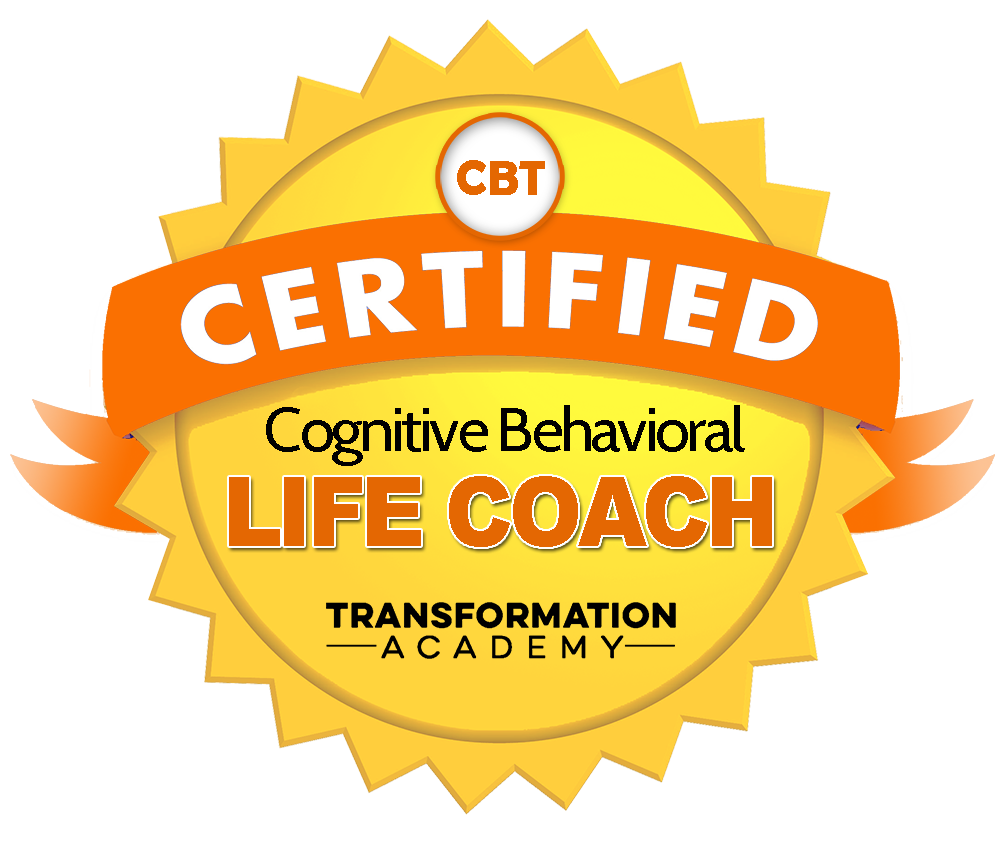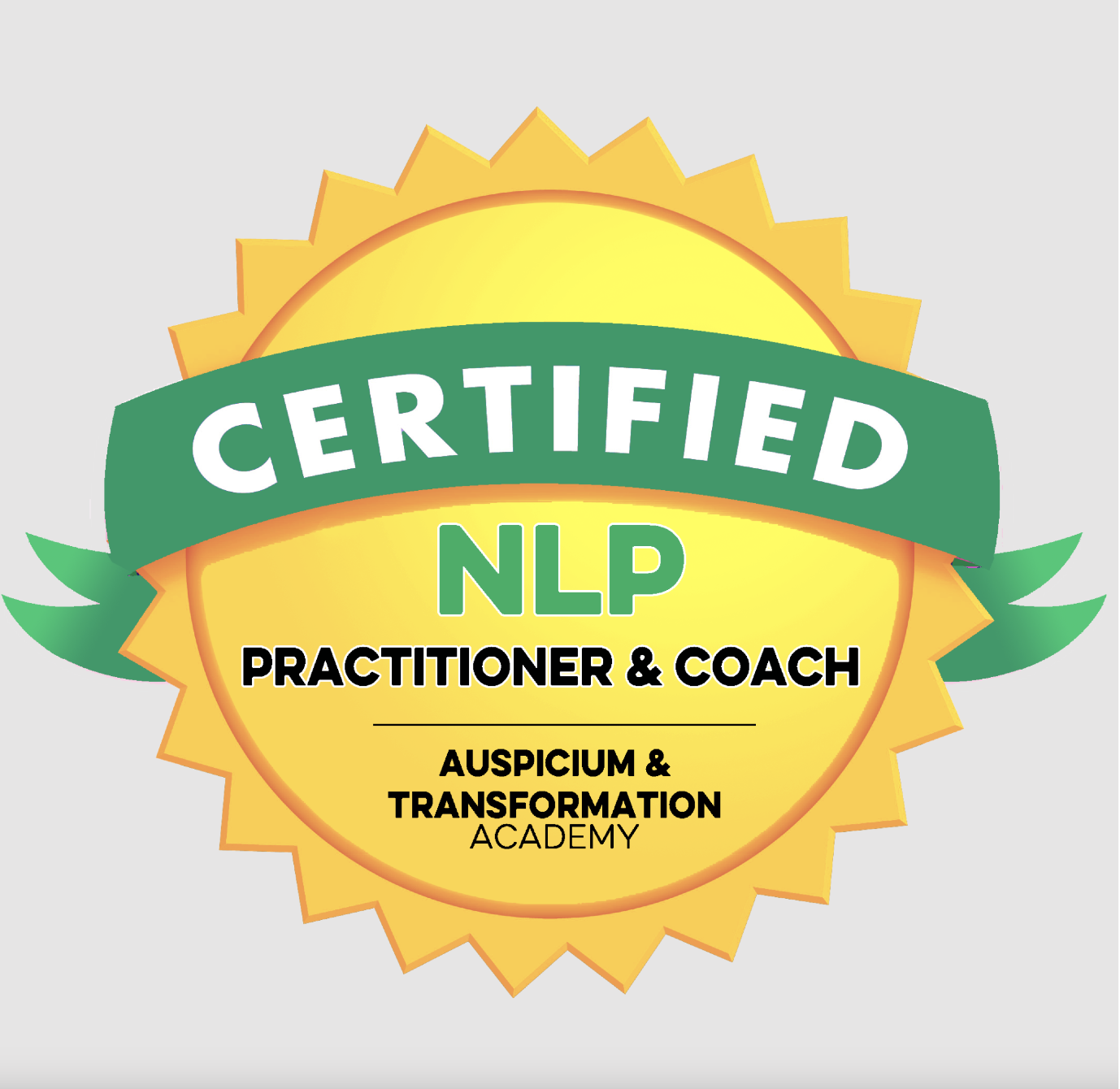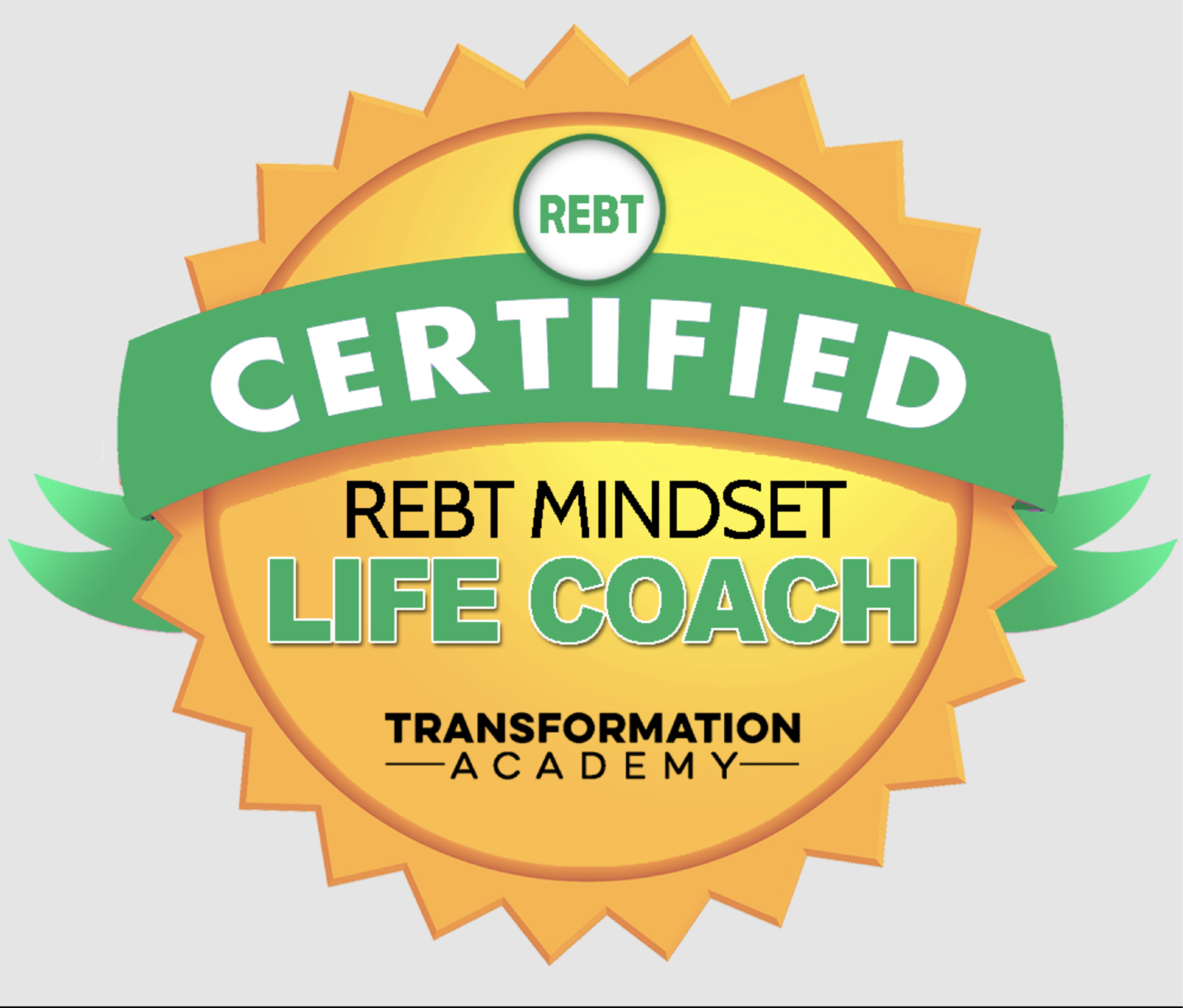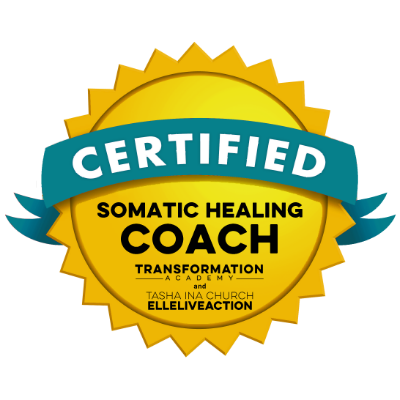A Comprehensive Introduction to Medical Acupuncture
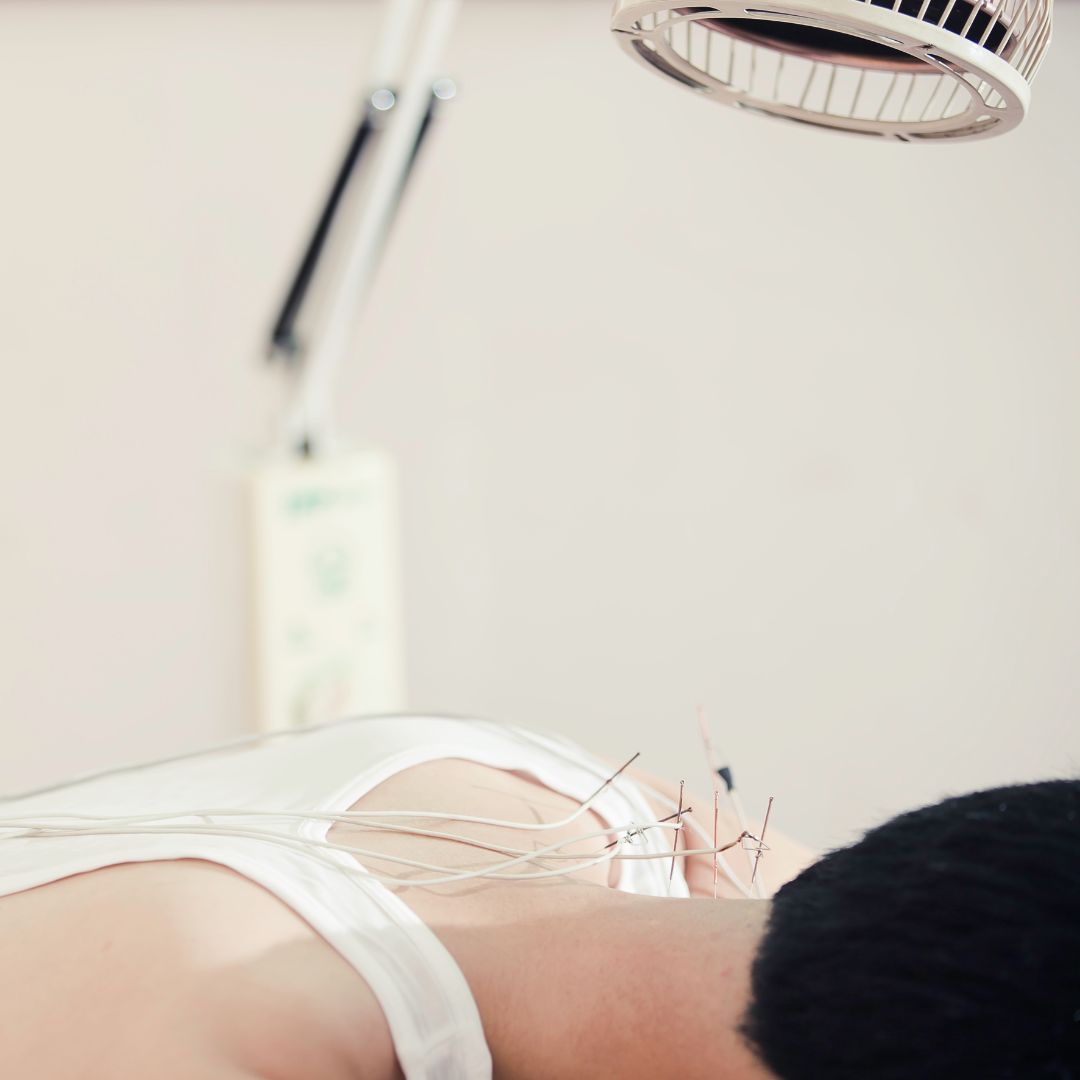
In recent years, acupuncture has gained widespread recognition in the medical community. Although the precise mechanisms behind how acupuncture works are still being explored, the technique is increasingly being used as a complementary treatment for a range of health conditions. Understanding the basics of acupuncture, its benefits, and how it fits into modern healthcare can help dispel any concerns and highlight its potential for improving well-being.
What Is Acupuncture and How Does It Work?
At its core, acupuncture is rooted in Traditional Chinese Medicine (TCM) and is based on the concept of energy flow within the body. This energy, referred to as Qi (pronounced "chee"), is believed to move through the body along specific pathways called meridians. According to TCM, illness or pain occurs when this flow of energy is disrupted or blocked, much like a river that has been dammed. The insertion of needles at strategic points along these meridians is thought to restore the proper flow of Qi, allowing the body to heal and function optimally.
While this explanation may sound abstract to those unfamiliar with Eastern medicine, there is growing scientific evidence to support acupuncture's effectiveness. Numerous studies have shown that acupuncture can alleviate pain and improve function in patients with a variety of conditions, including osteoarthritis, migraines, and even depression.
Modern researchers have proposed several theories to explain acupuncture's effects. One prominent hypothesis is that the insertion of needles stimulates the nervous system, prompting the release of chemicals in the brain, spinal cord, and muscles. These chemicals, such as endorphins and serotonin, are known to reduce pain and promote feelings of well-being. Another theory suggests that acupuncture may influence the body’s neurochemical pathways and help modulate pain signals. Additionally, acupuncture might cause subtle changes in the body’s connective tissues, aiding in the repair of damaged tissue and promoting healing.
While scientists continue to explore the exact mechanisms behind acupuncture, what remains clear is that many patients report significant improvements in their symptoms after treatment, even when conventional medical approaches have failed.
The Risks and Side Effects of Acupuncture
Like any medical treatment, acupuncture is not without risks. However, the potential for serious complications is relatively low when it is performed by a skilled and licensed practitioner. The most common side effects are minor and temporary, including slight bleeding or bruising at the needle site, dizziness, or mild discomfort. More serious side effects, such as infections or injuries to internal organs, are extremely rare, especially when proper sterile techniques are used.
The best way to minimise risks is to ensure that your acupuncturist is properly trained and licensed. In many countries, acupuncture is regulated by government bodies or professional organisations that establish strict standards for training and certification. Licensed acupuncturists are required to use sterile, single-use needles, which significantly reduces the risk of infection.
It's also important to remember that acupuncture is meant to complement—not replace—conventional medical treatments. While acupuncture can be highly effective for managing certain symptoms, it should always be used as part of a comprehensive treatment plan. Patients with chronic conditions or serious health concerns should consult with their healthcare provider before undergoing acupuncture to ensure that it is appropriate for their specific needs.
What to Expect During an Acupuncture Session
If you’re new to acupuncture, you may feel uncertain about what to expect during your first session. A typical acupuncture treatment begins with an initial consultation, during which the practitioner will review your medical history and assess your current health. Acupuncturists often use diagnostic techniques such as palpation (pressing on various parts of the body) to identify areas of imbalance or tension. Based on this assessment, the practitioner will develop a personalised treatment plan that targets specific meridian points.
During the treatment, thin, sterile needles will be inserted into various points on your body. Contrary to popular belief, acupuncture needles are much finer than the needles used for injections or drawing blood. Most patients report feeling only a mild sensation or pressure at the needle sites, with little to no pain. Once the needles are in place, they are usually left in the skin for 20 to 30 minutes, allowing the body to respond to the stimulation.
The number of treatments you’ll need will depend on your condition and your body’s response to acupuncture. Some people experience immediate relief after a single session, while others may require multiple treatments over several weeks to achieve lasting results. In general, a course of 10 to 20 sessions is common for chronic conditions, with treatments lasting between 30 and 90 minutes each.
After a session, it’s normal to feel relaxed and even a little tired. Some patients report feeling an increase in energy or a reduction in symptoms right away, while others may notice gradual improvements over time. It’s important to stay in communication with your acupuncturist throughout the treatment process, as they can adjust the treatment plan based on your progress and feedback.
Acupuncture for Chronic Conditions: What the Research Says
Acupuncture is perhaps best known for its ability to relieve chronic pain, and research supports its use for a range of pain-related conditions. In fact, acupuncture is one of the most widely studied complementary therapies for conditions such as:
Osteoarthritis: Studies have shown that acupuncture can significantly reduce pain and improve joint function in patients with osteoarthritis, particularly in the knees. Chronic back pain: Many people with chronic back pain find relief from acupuncture, and it is often recommended as a treatment option for those who do not respond to conventional therapies. Migraines and tension headaches: Acupuncture has been shown to reduce the frequency and severity of migraines and tension headaches in some patients. Fibromyalgia: This condition, characterised by widespread pain and fatigue, may be alleviated with acupuncture, especially when combined with other therapies like exercise and cognitive-behavioural therapy.
Beyond pain management, acupuncture has been used to treat a variety of other health issues, including digestive disorders, allergies, and mental health conditions such as depression and anxiety. While acupuncture is not a cure for these conditions, it can help improve symptoms and enhance overall quality of life when used as part of a holistic treatment plan.
The Growing Popularity of Acupuncture in Western Medicine
While acupuncture has been practiced in China for thousands of years, its popularity in the West has only recently begun to grow. In many Western countries, acupuncture is now offered in hospitals, clinics, and wellness centres as a complementary treatment for a wide range of conditions. The integration of acupuncture into mainstream healthcare reflects a growing recognition of the value of holistic approaches that address the mind, body, and spirit.
Medical professionals are increasingly referring patients to acupuncture as part of a comprehensive treatment plan, particularly for conditions like chronic pain, where conventional treatments may not provide adequate relief. Additionally, many people are turning to acupuncture as a way to reduce their reliance on medications, particularly opioids, which carry significant risks of addiction and side effects.
In Summary: Acupuncture as a Holistic Healing Tool
Acupuncture is more than just an alternative treatment; it’s a holistic approach to healing that addresses both physical and emotional well-being. By stimulating the body’s natural healing mechanisms, acupuncture can help alleviate pain, reduce stress, and promote overall health. Whether you’re seeking relief from chronic pain, managing a chronic condition, or simply looking to improve your sense of balance and vitality, acupuncture offers a safe and effective option.
If you’re considering acupuncture, the key to success is finding a qualified, licensed practitioner who can guide you through the process and tailor the treatment to your individual needs. With the right approach, acupuncture can be a powerful tool for improving your quality of life and enhancing your overall sense of well-being.
My Affirmation For The Week
"Creativity is contagious. Pass it on."
